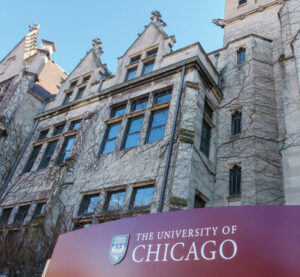Research Sheds New Light on Antibiotic Resistance
A study led by researchers from the University of Illinois at Chicago suggests bond duration, not bond tightness, may be the central factor that distinguishes antibiotics that kill bacteria from those that halt bacterial growth.

A study led by researchers from the University of Illinois at Chicago (UIC) suggests bond duration, not bond tightness, may be the central factor that distinguishes antibiotics that kill bacteria (bactericidal agents) from those that halt bacterial growth (bacteriostatic drugs). The paper, “Kinetics of Drug-Ribosome Interactions Defines the Cidality of Macrolide Antibiotics,” was published in Proceedings of the National Academy of Sciences. The researchers suggest that understanding the differences between bactericidal and bacteriostatic antibiotics may help scientists address the problem of antibiotic resistance.
The investigators focused on macrolides, a class of antibiotics that works by binding to the ribosome of the bacteria to stop protein synthesis. The team used a new technique that allows researchers to study how tightly the antibiotic interacts with the ribosome of the bacteria and to measure the speed with which the drug disconnects from its target. They found that bactericidal drugs dissociate from the ribosome at a significantly slower rate, which they attribute to the presence of an extended side chain.
“The results suggest that when we talk about the mechanism of antibiotic action, we need to talk about more than ‘how tight’ a drug binds,” says Alexander Mankin, DSci, PhD, MS, lead author of the study and director of the Center for Biomolecular Sciences in the UIC College of Pharmacy. “We also need to talk about kinetics and the rate of a drug’s disassociation from the ribosome.” It is hoped that insights in this area will allow further progress against antibiotic resistance, which is recognized as a growing global concern.
From Decisions in Dentistry. March 2018;4(3):8.


